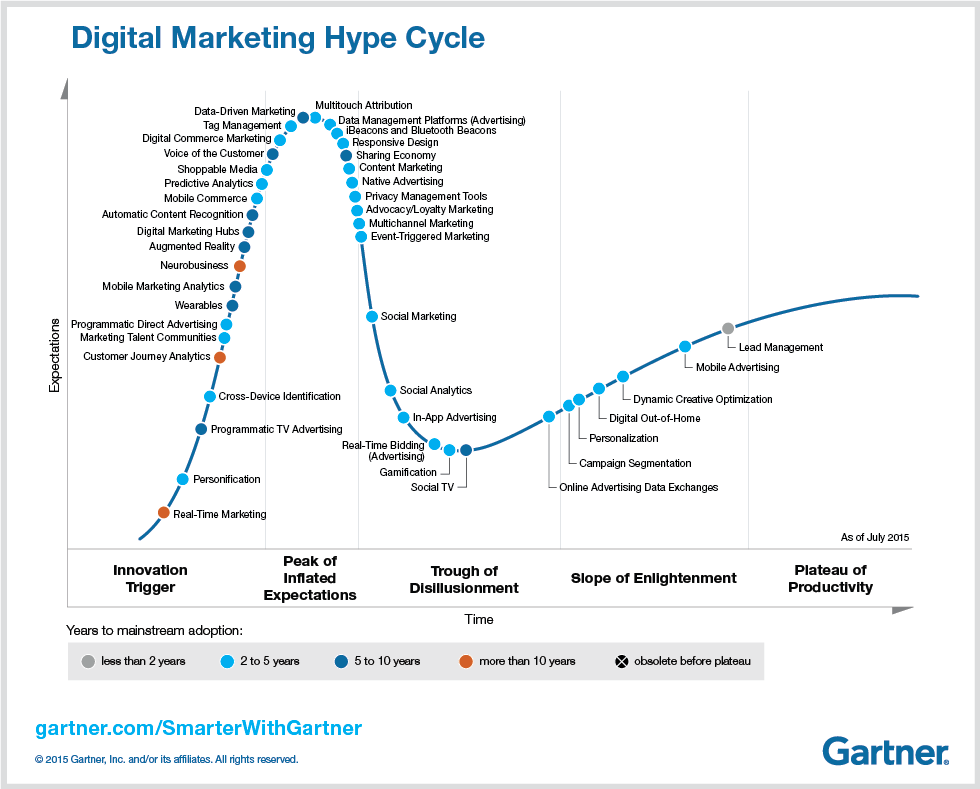The most important ingredient to grow as an organization

“As humans, we know the feeling of caring about something or someone. This ability is of significant importance to make a difference in a professional environment and in achieving growth as an organization. Organisations often seem to focus on new technology without knowing what other business fundamentals are really essential to reach (potential) customers.”
Challenges of an organization
The growth, which organizations were used to for the past 20 years, is highly under pressure. Many organizations are in survival mode because of a decreasing growth or decline. That’s why the need for change increased drastically within organizations. The impact of technology on organizations becomes more and more visible. Unfortunately, it becomes more difficult to implement technology and benefit at short notice as an organization as well. The creating of added value (in principle for customers and subsequently for the organization) with new (marketing) technology doesn’t seem simple anymore. Organisations with a digital DNA know the art of changing rules and reaching target audiences where established organizations seem at loss. Organizations without digital DNA face the following challenges:
- The life expectancy of organizations decreases dramatically;
- The need for innovation is increasing;
- The complexity of communication, due to a growing range of communications mediums led to a fragmented scene wherein it becomes more and more difficult to make the right decisions.
Organizations are thought looking for the best way to ’focus’ on customers, however that seems outdated again. Organizations expect that more (marketing) technology, or on an even larger scale implement changes in organization based on digital transformation, should make the difference.
A question that in my view is essential to determine which modification would actual lead to the desired effect is:
“Which value do your customers expert from your organization to deliver and which are important to obtain growth?”
Ayman van Bregt
Technology as a last resort
Keeping in mind that I have nothing against technological innovation, I am not a big fan of technology push. Technology is often already for a long time available before being commonly accepted in our society. In 1999 I worked as a marketing manager at Sonera. I worked on the introduction of ADSL for the Dutch B-to-B market with an advanced interactive, integrated and personalised DM-campaign, which we came up with to instantly conquer the market. Sonera had a lot of technological innovations already, also leading mobile developments. The introduction of ADSL took a lot longer than expected, just like the mobile innovations of Sonera. Technology is often earlier user ready than users are ready to use technology. In that time, I experienced how long the incubation time of technology takes. Despite of the ‘technology adoption’ time being drastically higher, you always need at least one or 2 years to get a widely spread technology adoption. Organizations that use technology as a last resort, can experience the danger of having the used technology being irrelevant to their target audience for now, or even forever. The digital marketing history shows a lot of developments here.
After the gold rush of the first dot-com bubble, a lot of search engines became taken more seriously when Google made their entry. Thereafter began the gaming-madness began, with a virtual world madness SecondLife ahead. 2010 would be the year mobile internet became big and KPN ‘s fixed telephony ended. Currently, we are creating other technology driven business which from a marketing perspective is about big data, customer journeys, customer experience management, data-driven marketing, growth hacking, inbound marketing, marketing automation, service design and virtual (and augmented) reality et cetera.
You can find a great summary in the Gartner Digital Marketing Hype Cycle from 2015:

However, there’s only one question which, to me, seems to be most important above all the developments.
“Which technology makes it possible to get closer to your customers and to improve your relation with them?
Ayman van Bregt
Isn’t that the actual goal of you, being an organisation?
The shortage of attention in the digital world and the complexity to get this attention from (potential) customers makes it more valuable than ever.
The importance of attention in an organization.
Organizations can only reach and obtain (potential) customers with attentive communication (customer contact) from the organization. The organizational structure can work prohibitive in giving attention during the customer contact and showing that you stand for something and you actually care.
Marketing messages are often spread via the organizations’ communication channels. These aren’t necessary the media that potential customers look at when trying to obtain information, resulting in a communication gap.
Additional customer contact will proceed mainly via customer service (customer care). At the moment, the customer service is in the organizational structure often part of ‘operations’. In this way, Customer care obtains another dimension than the real meaning of the word ‘care’.
As one of the most important organizational outputs of operations is maintaining costs, how can you really focus on creating value for customers and show your customers you care about them? Customer care is often a process-driven organizational part that can work prohibitive in building and obtaining relationships with customers. Customer care nowadays means ‘looking after’ while caring essentially means ‘caring about’. In the first meaning, you can functionally take good care of something, but research shows us empathy in customer contact is essential. If you care, you are able to take care of something and connect intrinsic motivation (what you care about) to the output (functionally taking care of).
Organizations whose premise ‘care’ in customer contact and customer acquisition, can reach and affect customers by using care as an acronym for:

The use of new (marketing) technology is unavoidable if you want to keep (potential) customers, however you should try to tie this to the four cornerstones of C.A.R.E.. In this way, organizations are able to show their customers they know what’s best for them, which values are desirable to them and how the organization is able to deliver this. By using technology that creates meaning for customers in the first place and secondly adds value for the organization, customers can be reached and touched.
“Care is a state in which something does matter; it is the source of human tenderness.”
Rollo May
It is of growing importance for organizations to act proactive and act in a meaningful way in conversations with customers, in order to contact them and stay connected. In my following blogpost, I will explain the four different C.A.R.E. roles based on the C.A.R.E.-quadrant.
MindSpark by Ignite
Is ‘caring about’ anchored in the organizational culture and present in the DNA of your colleagues? If not, how could you expect your co-workers to really care about customers?
Subscribe to Ignite’s MindSpark-newsletter if you don’t want to miss this post and more inspiration on customer experience, digital transformation and digital value creation.

